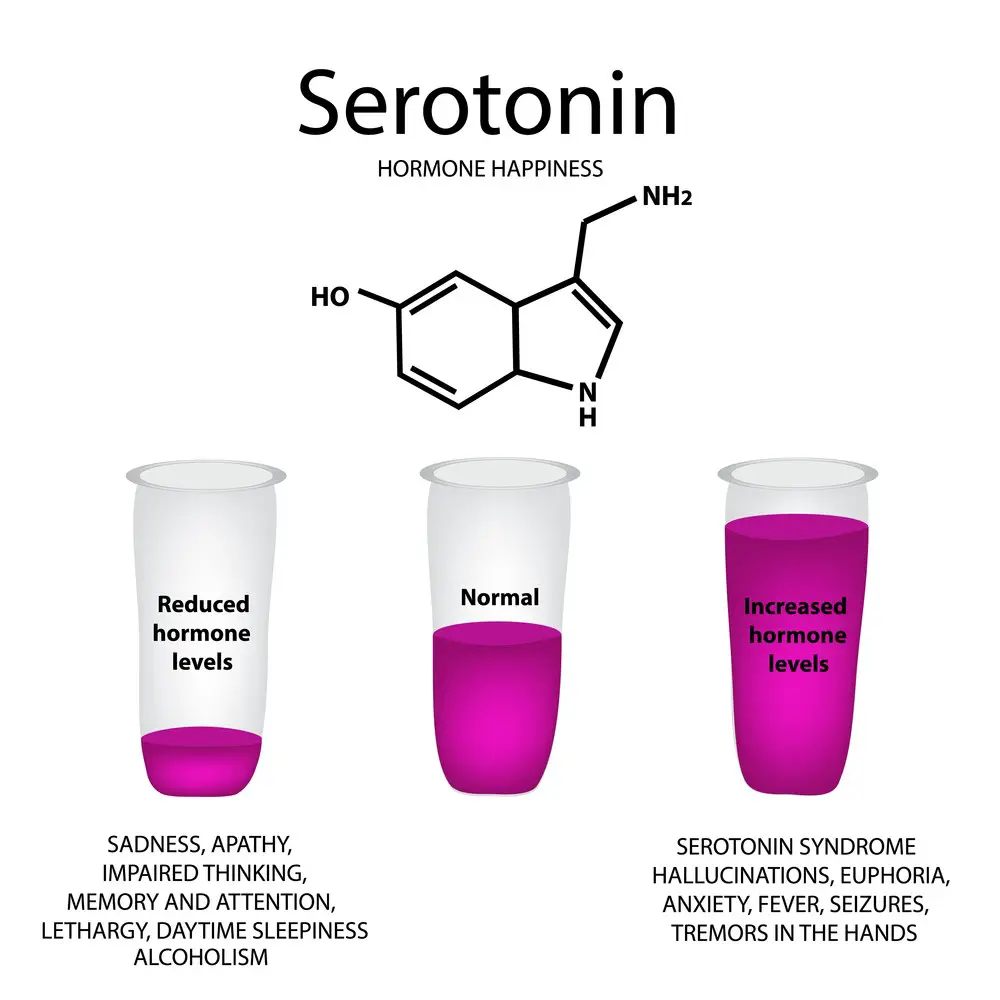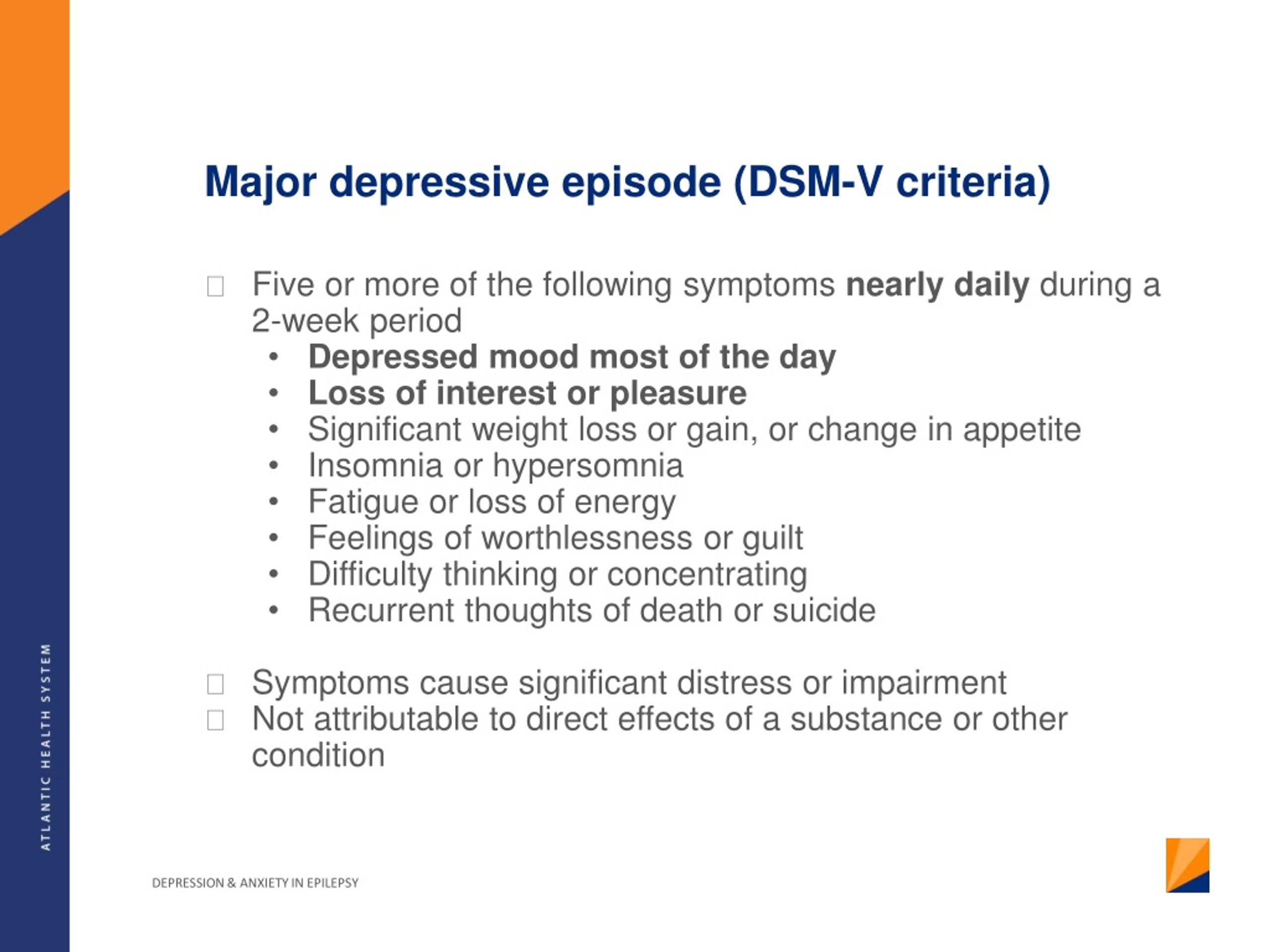
Additionally, individuals learn techniques that improve social skills and teach ways to manage stress and unlearn feelings of helplessness. CBT helps identify and change the negative styles of thinking that promote self-defeating attitudes and behaviors. Certain types of psychotherapy, such as supportive therapy, cognitive-behavioral therapy, psychodynamic therapy, and interpersonal therapy, can help relieve PDD. Like major depression, PDD can be treated with supportive therapy that provides reassurance, empathy, education, and skill-building. Open-ended questions are helpful: "How has your mood been recently?" In older people, dementia, apathy, or irritability can disguise PDD. Part of the problem is that people suffering from PDD believe their symptoms are an inevitable part of life. Many people with persistent depressive disorder do not get the treatment they need in many cases because they only see their family doctors, who often fail to diagnose the disorder. But these images do not reveal why the depression has occurred.

In addition, important neurotransmitters-chemicals that brain cells use to communicate-appear to be out of balance. The parts of the brain responsible for regulating mood, thinking, sleep, appetite, and behavior appear to function abnormally. Brain-imaging technologies, such as magnetic resonance imaging, have shown that the brains of people who have depression look different than those of people without depression. Research indicates that depressive illnesses are disorders of the brain. In old age, PDD is more likely to be the result of medical illness, cognitive decline, bereavement, and physical disability. Subsequent depressive episodes may occur with or without an obvious trigger. In addition, trauma, loss of a loved one, a difficult relationship, or any stressful situation may trigger a depressive episode. This cause can be especially debilitating given that depression often alienates those who are in a position to provide support, resulting in increased isolation and worsening symptoms. Social circumstances, particularly isolation and the unavailability of social support, also contribute to the development of PDD. Stress is believed to impair one's ability to regulate mood and prevent mild sadness from deepening and persisting.

In addition, chronic stress and trauma can provoke PDD. Persistent depressive disorder appears to have its roots in a combination of genetic, biochemical, environmental, and psychological factors. In a given 12-month period in the U.S., according to the National Institutes of Health, PDD is estimated to affect 1.5 percent of people.

Compared with people with major depressive disorder, those with PDD are at higher risk for anxiety and substance use disorders. For instance, more than half of people who suffer from PDD will experience at least one episode of major depression this condition is known as double depression. PDD can occur alone or in conjunction with other mood or psychiatric disorders. More severe symptoms marking major depression are often absent in PDD-this includes anhedonia (the inability to feel pleasure), psychomotor symptoms (particularly lethargy or agitation), and thoughts of death or suicide. In addition to depression or irritable mood, at least two of the following must be present: insomnia or excessive sleep, low energy or fatigue, low self-esteem, poor appetite or overeating, poor concentration or indecisiveness, and feelings of hopelessness. In children and adolescents, mood can be irritable rather than depressed. PDD is characterized by depressed mood experienced most of the time for at least two years. PDD was referred to as dysthymia in previous versions of the DSM. It is generally experienced as a less severe but more chronic form of major depression. Persistent depressive disorder (PDD) is a serious and disabling disorder that shares many symptoms with other forms of clinical depression.

It occurs twice as often in women as in men. Persistent depressive disorder, known as dysthymia or low-grade depression, is less severe than major depression but more chronic.


 0 kommentar(er)
0 kommentar(er)
